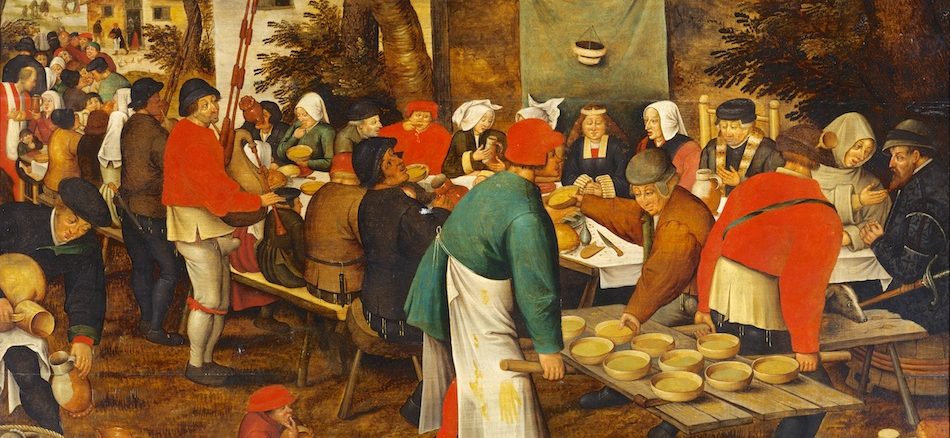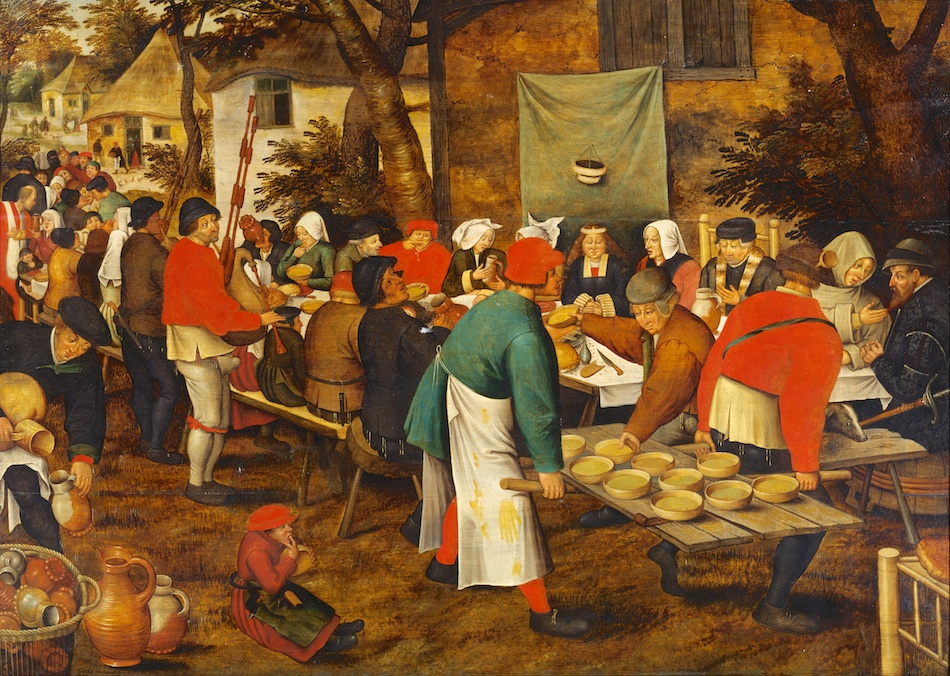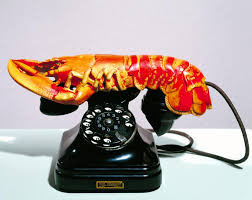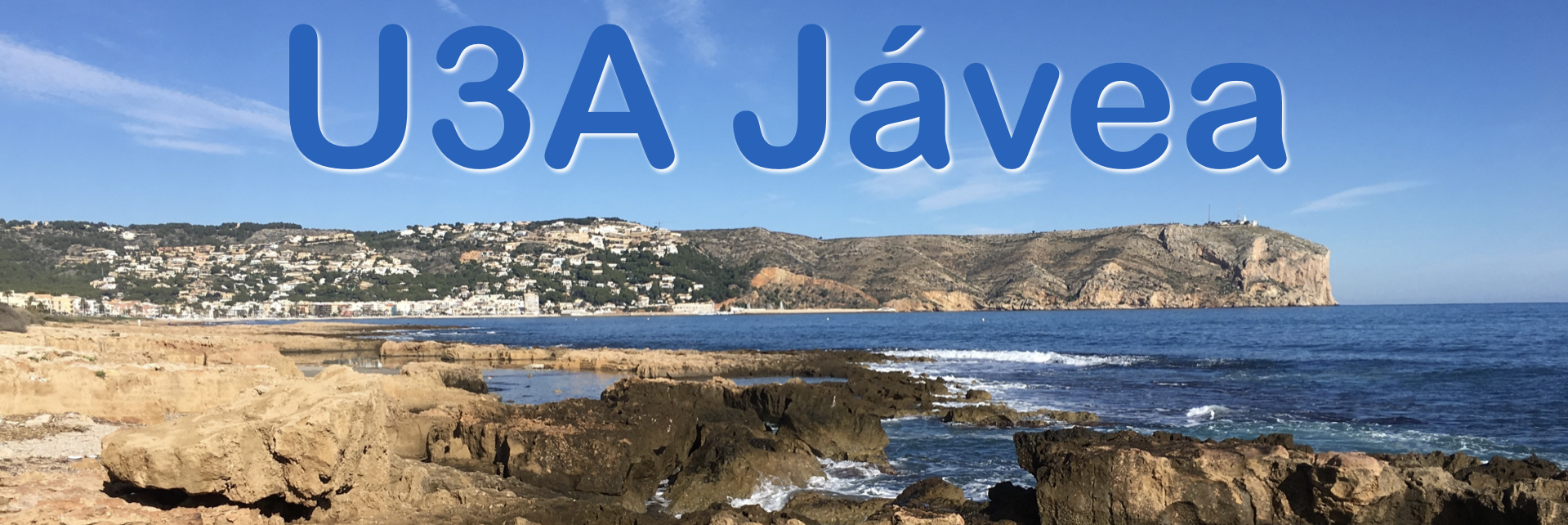
All members are welcome to attend – there is no need to book and the lectures are free; just come along and take a seat in the downstairs auditorium of the Casa de Cultura, Jávea. It starts at 11.30am.

The Peasant Wedding by Pieter Brueghel the Younger

Lobster Telephone (also known as Aphrodisiac Telephone) is a Surrealist object, created by Salvador Dalí
From planting, to harvest or capture, its preparation and consumption, food is a dominant factor in our lives. Visual art is a reflection of life, so it makes sense that food is a common image, recreated in countless compositional interpretations. As essential to our lives, it is not surprising that the depiction of food in art spans across cultures and all recorded human history. Since the hunting scenes in cave paintings, the walls of burial chambers in Ancient Egypt, in Medieval Manuscripts, onwards through the Renaissance to modern times, food has been depicted as a celebration of a theme, the composition itself or as a symbol.

